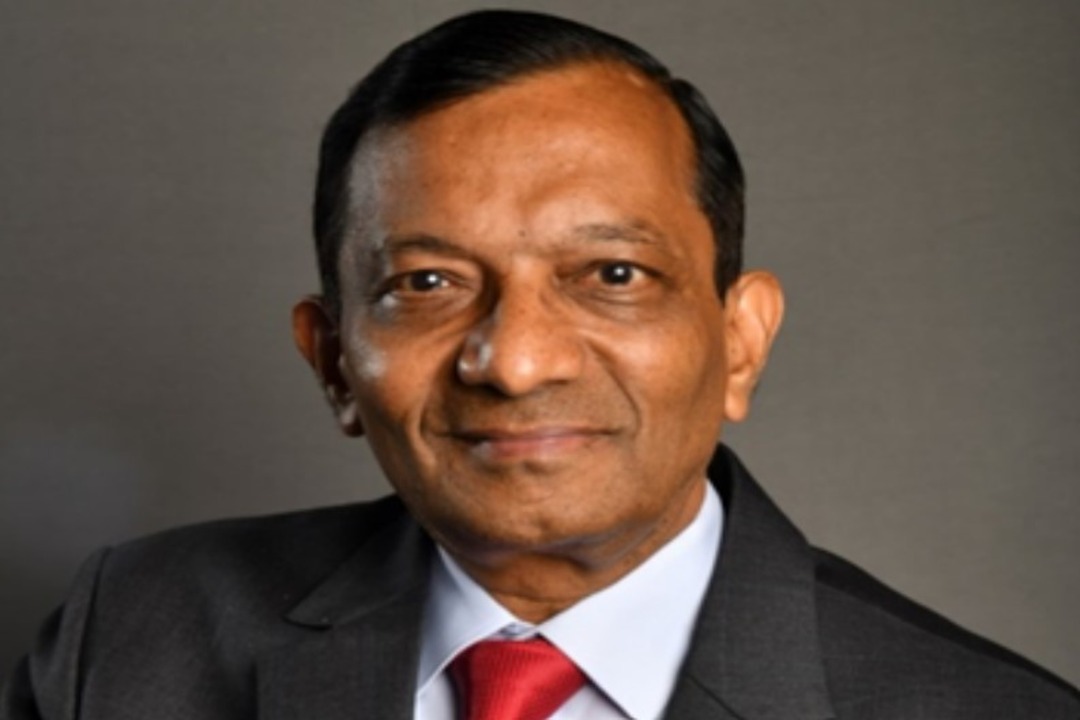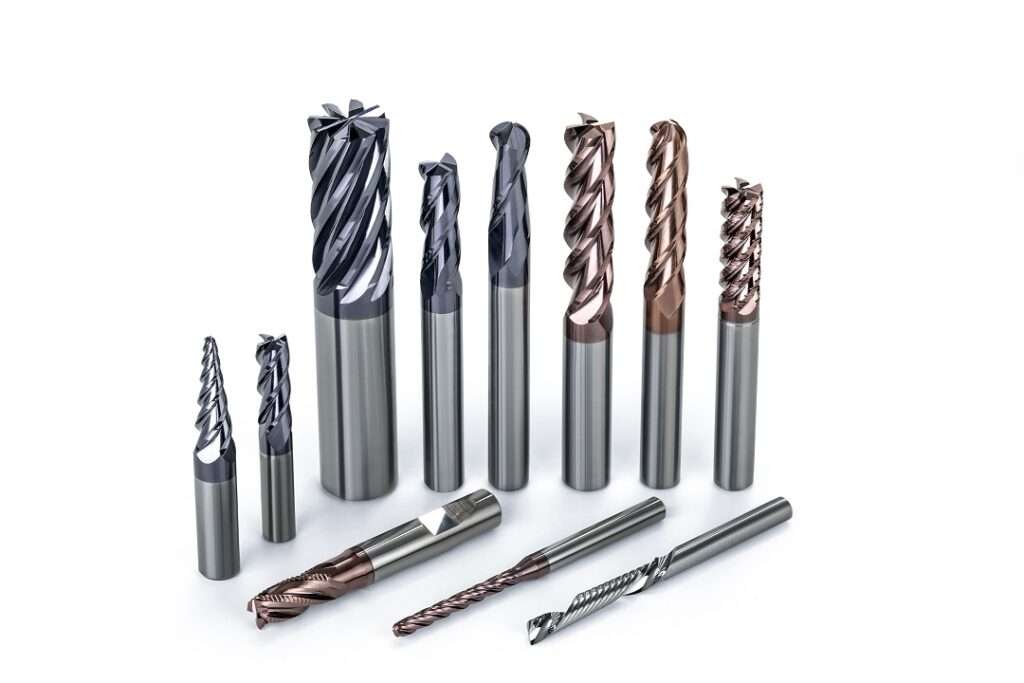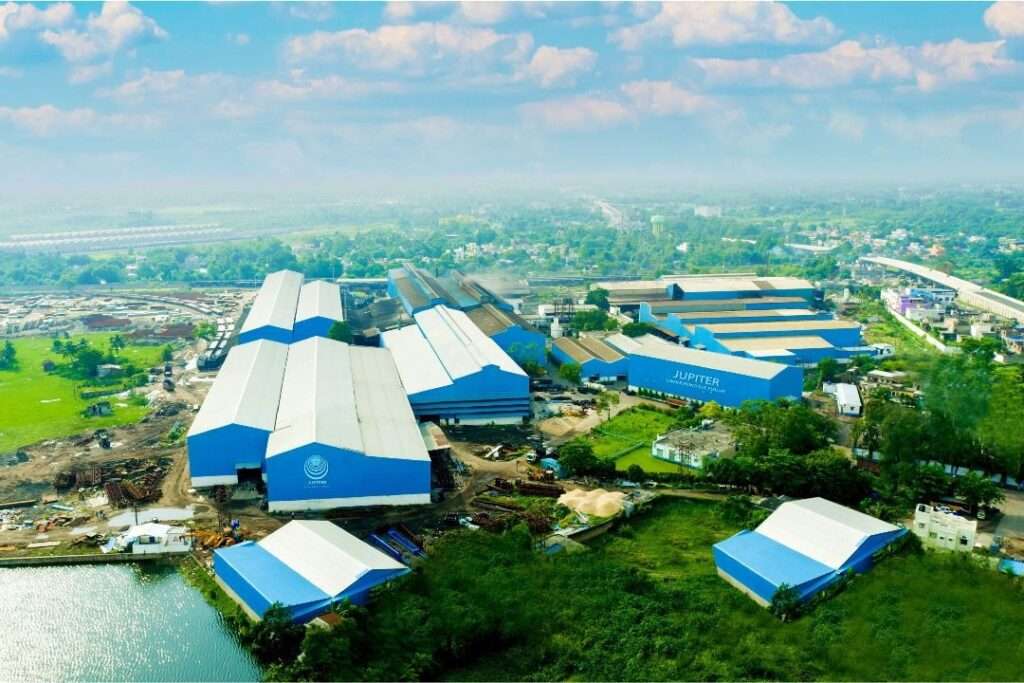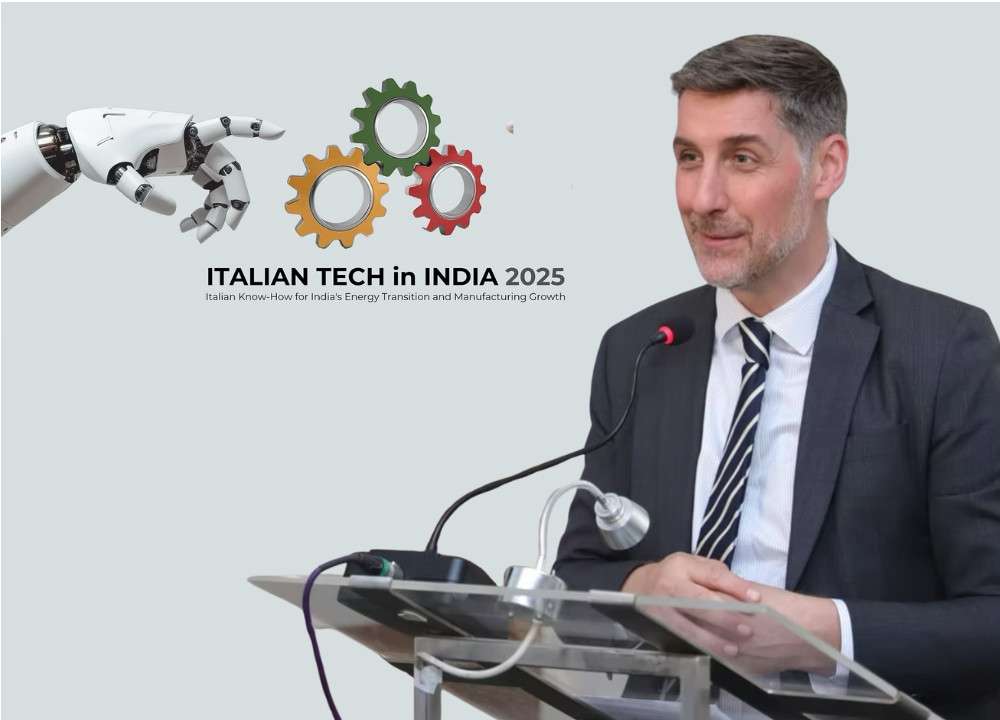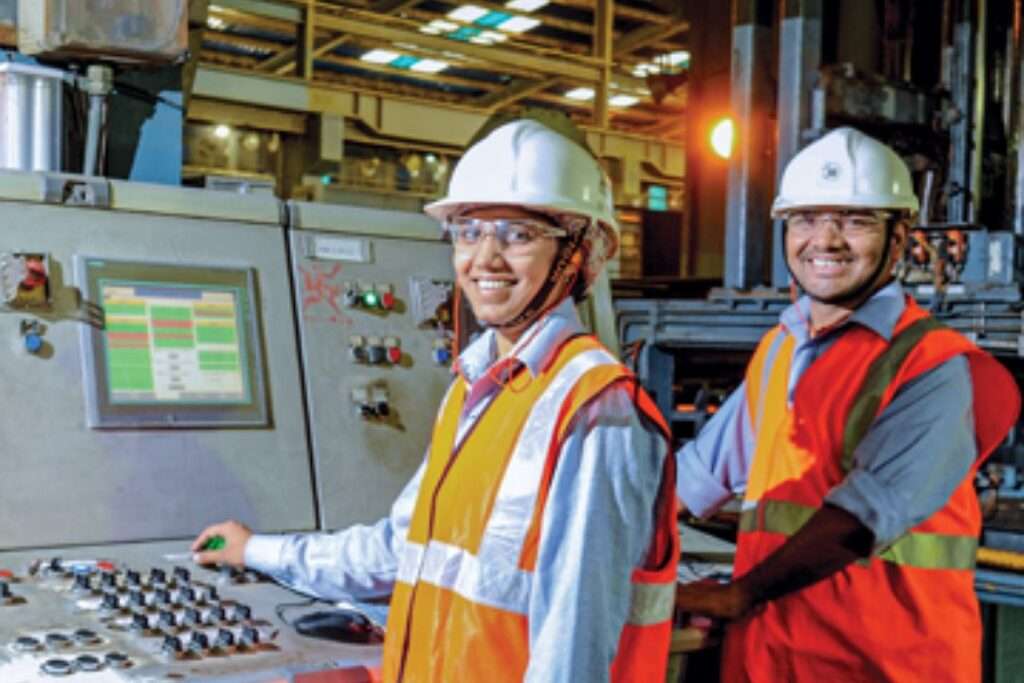India’s automotive industry is set to become a cornerstone of the nation’s economic trajectory, with forecasts suggesting it could contribute up to $1.6 trillion to the anticipated $32 trillion Indian economy by 2047. To realize this ambitious target, the sector would need to achieve an average nominal growth rate of 11% in topline revenue, according to Dr Pawan Goenka, Chairman of SCALE and IN-SPACe at the Department of Space.
Dr Goenka delivered these remarks during his keynote address at the 64th session of the Automotive Component Manufacturers Association (ACMA) held in New Delhi. Dr Goenka projected that a $32 trillion economy by 2047 is an achievable goal, with a significant portion, 25%, expected to come from manufacturing. He emphasized that setting a target for the automotive sector to contribute at least 20% of this manufacturing output is both reasonable and essential.
His comments served as a clarion call for revitalizing one of India’s most vital industries. To meet the $1.6 trillion target, the automotive sector must maintain an 11% nominal growth in topline revenue. Achieving this level of expansion will require substantial investments, advancements in technology, and supportive government policies.
However, Dr Goenka warned that relying solely on domestic demand would be insufficient, as the local market is not projected to grow at the necessary pace. He pointed out that the industry’s past performance, with an 8% growth rate over the last 23 years, offers a more realistic and yet ambitious benchmark.
Dr Goenka stressed that the key to attaining this lofty goal lies in expanding export markets, with a target of generating $900 billion in international sales. He detailed this figure further, forecasting $500 billion from automotive components and $400 billion from vehicle exports.
“The challenge is not as daunting as it seems; it’s the power of compounding that drives us forward,” Goenka remarked. He highlighted that the industry has experienced a 17% compound annual growth rate (CAGR) over the past two decades. At this rate, the sector could theoretically reach a valuation of $5.3 trillion. “All I am asking for is $1.6 trillion,” he humorously added.
Looking to the future, Dr Goenka underscored the critical need for a shift toward electric vehicles and the overarching goal of achieving zero carbon emissions from sales by 2047. He emphasized that the future of mobility must be sustainable, safe, and free from fossil fuels. The transition to cleaner technologies and innovative practices will be pivotal in driving the sector’s growth and securing its place as a central pillar of India’s economic future.


